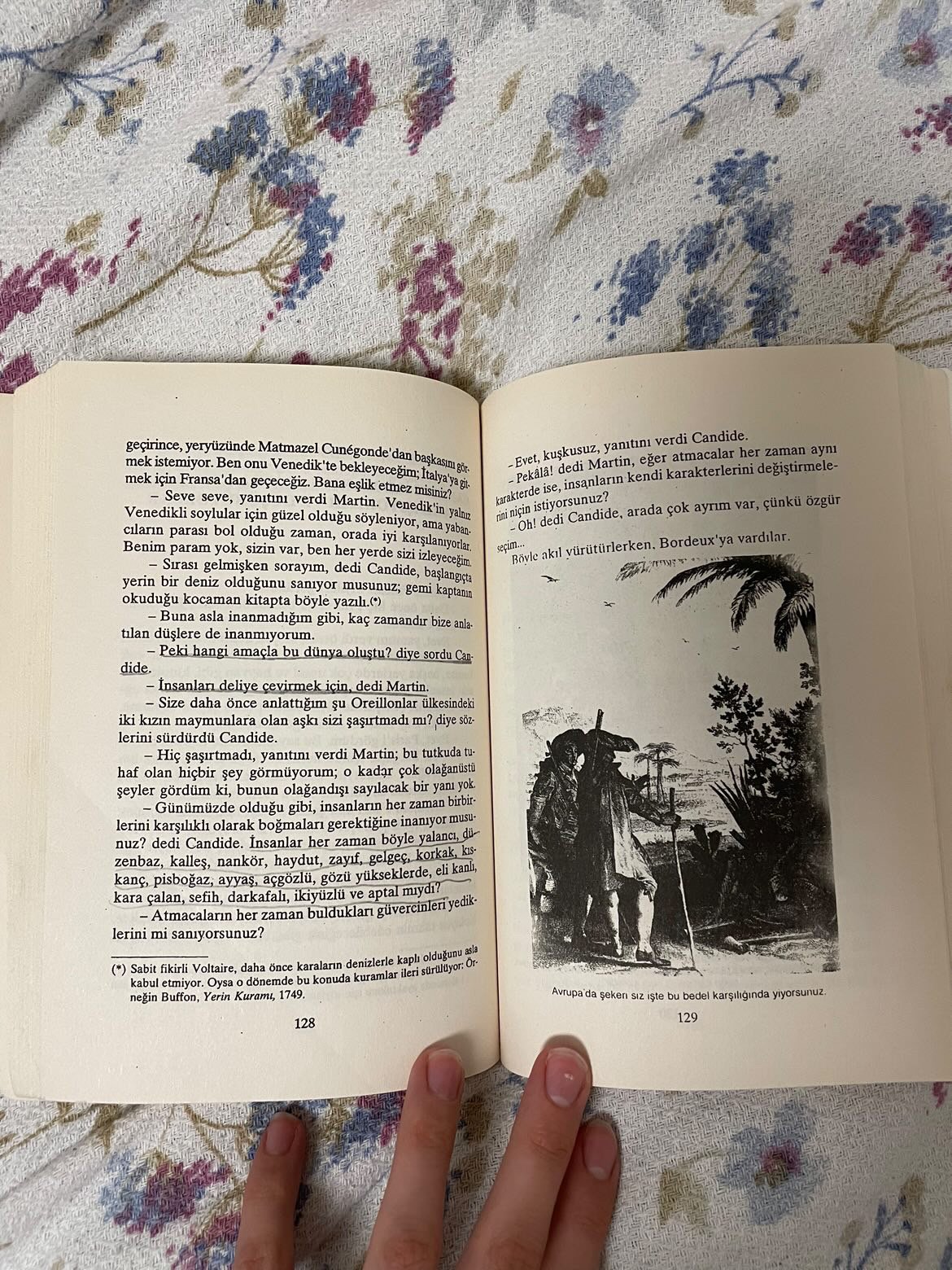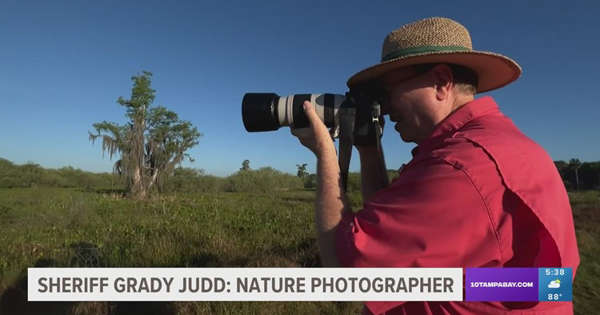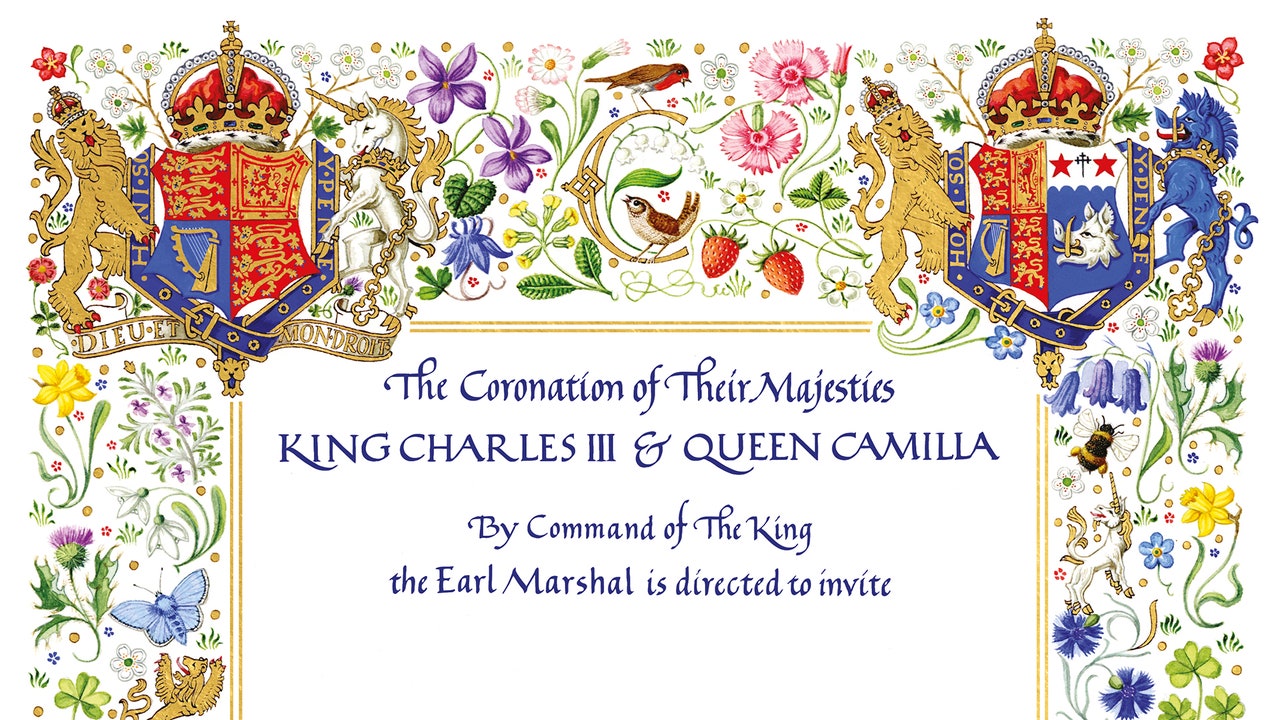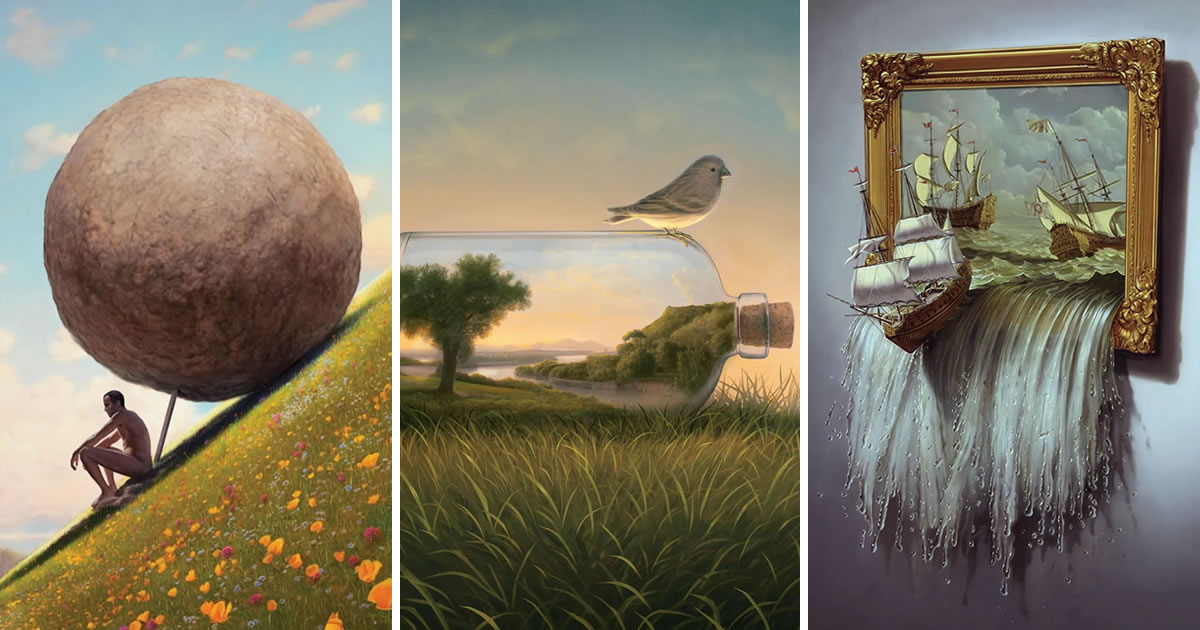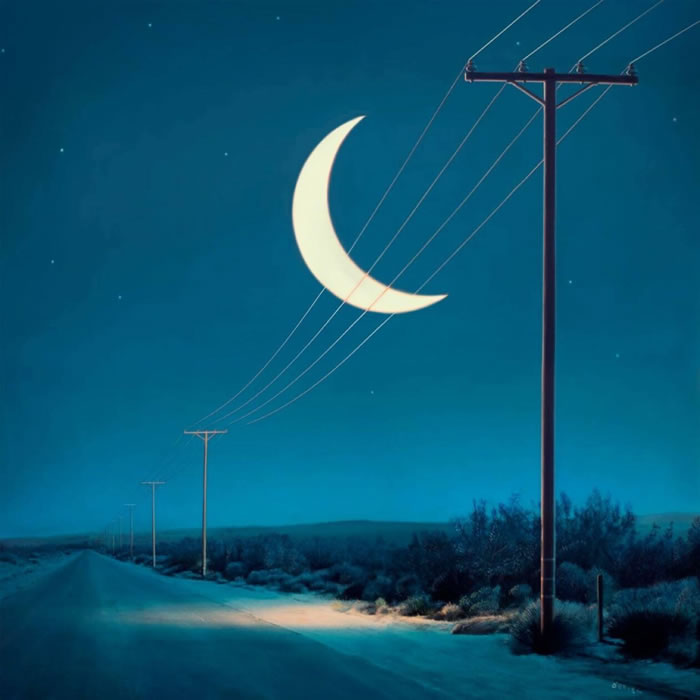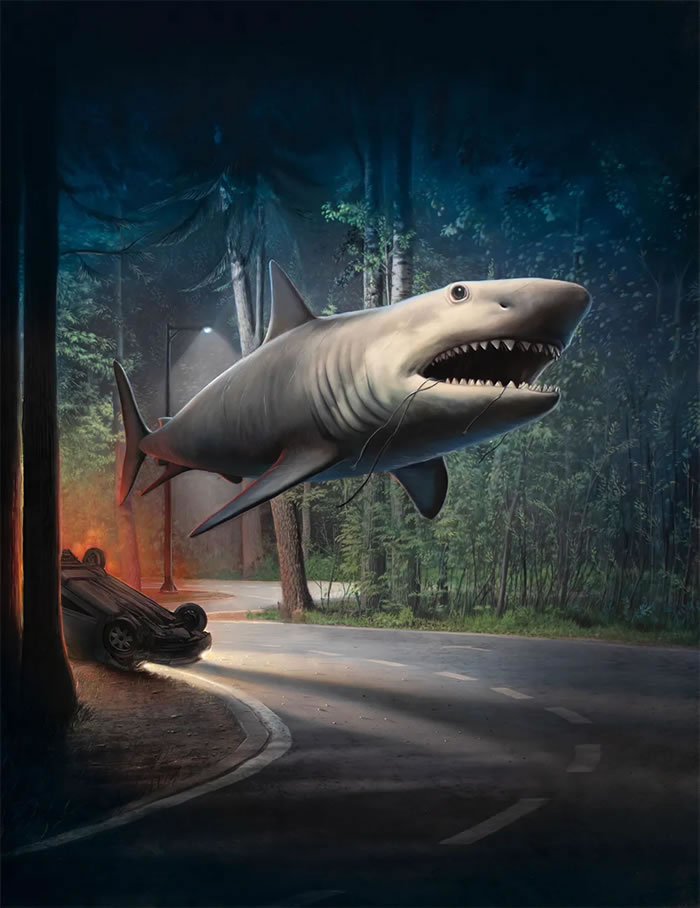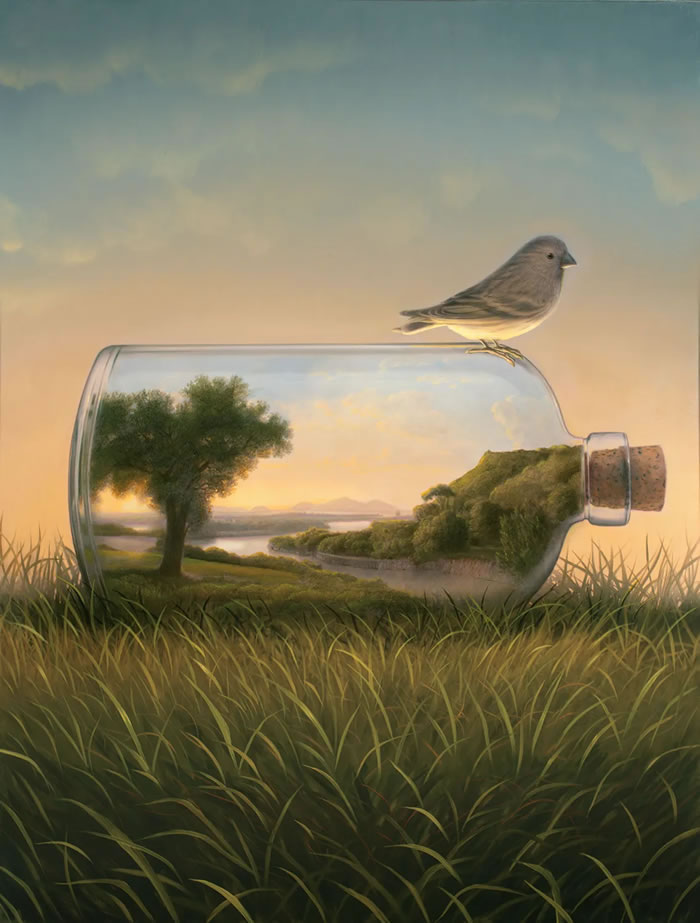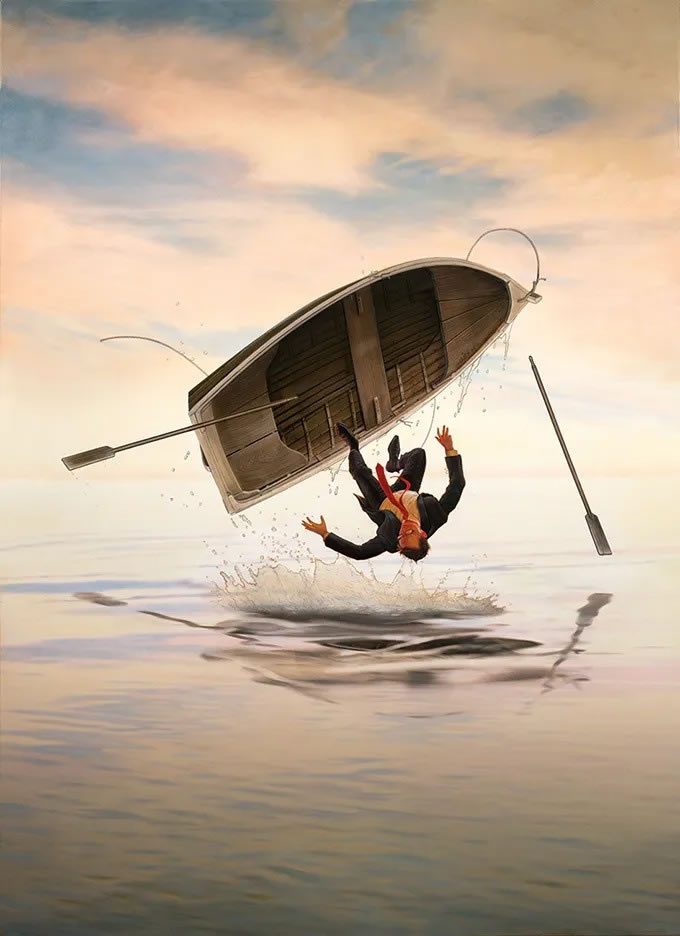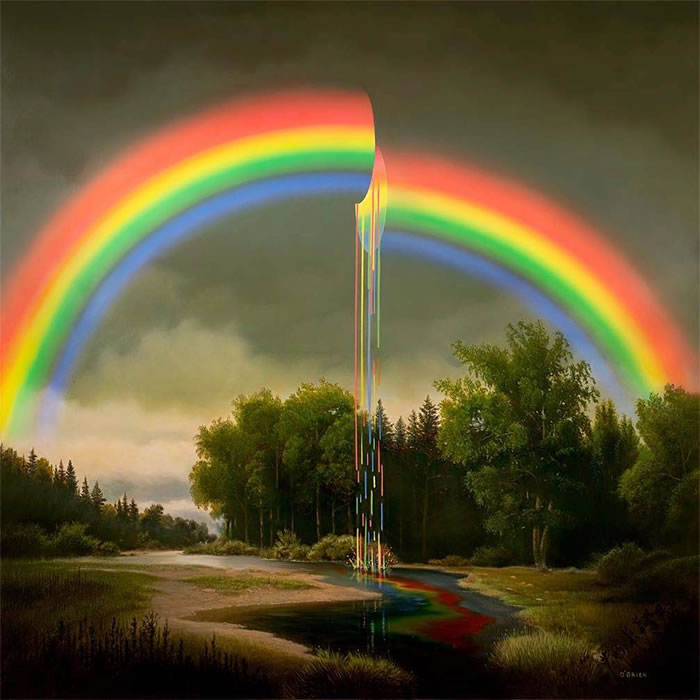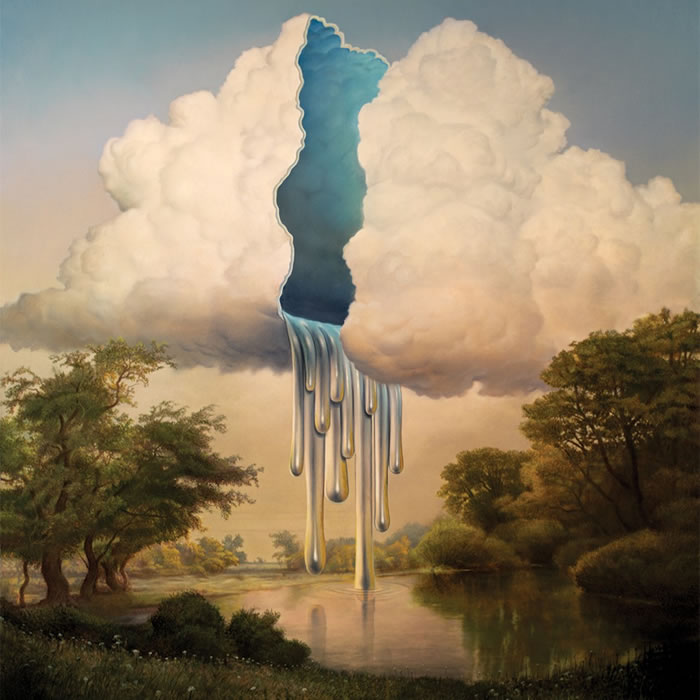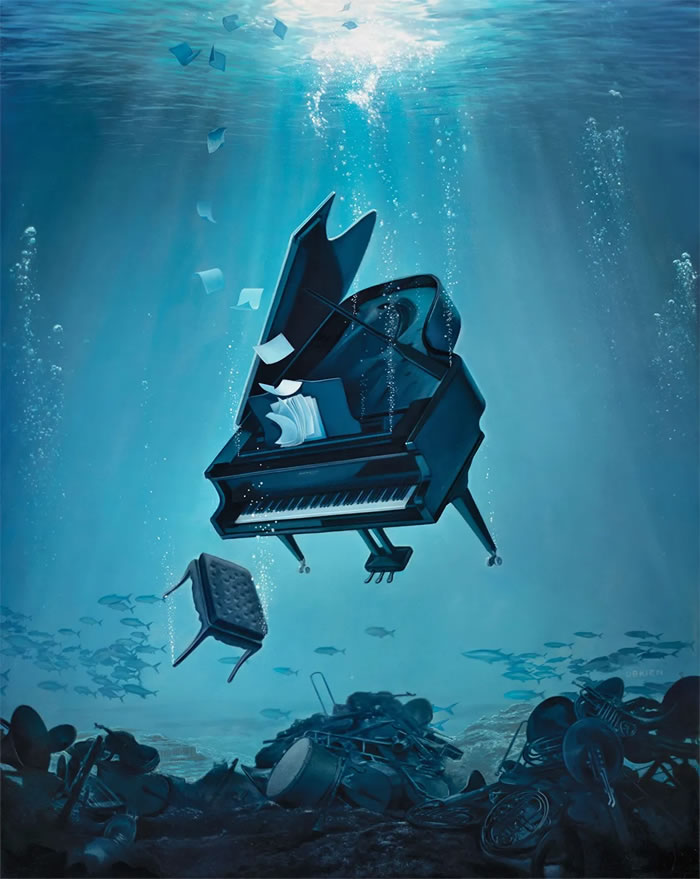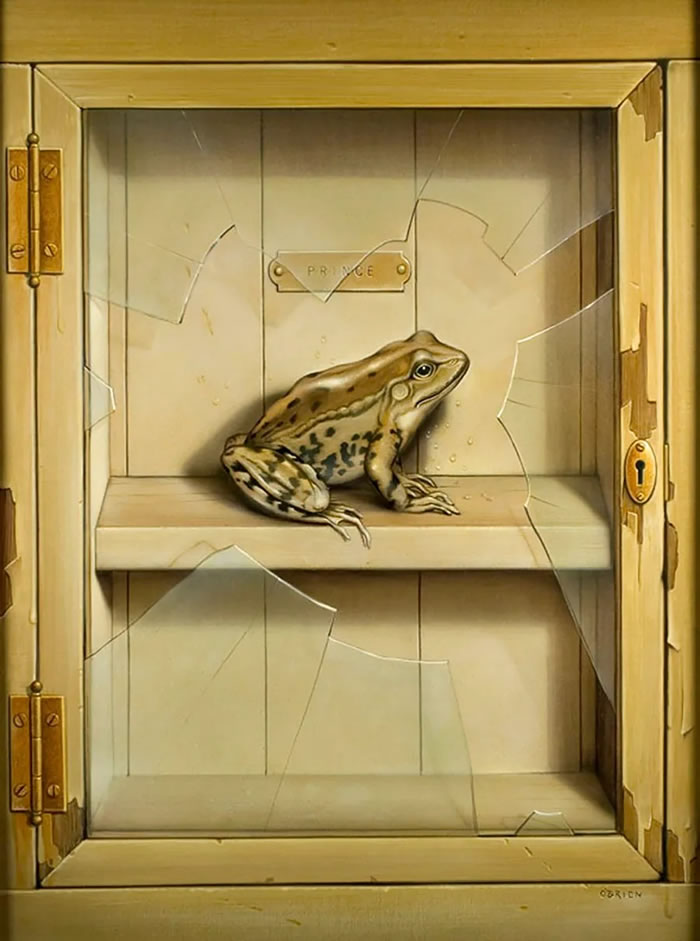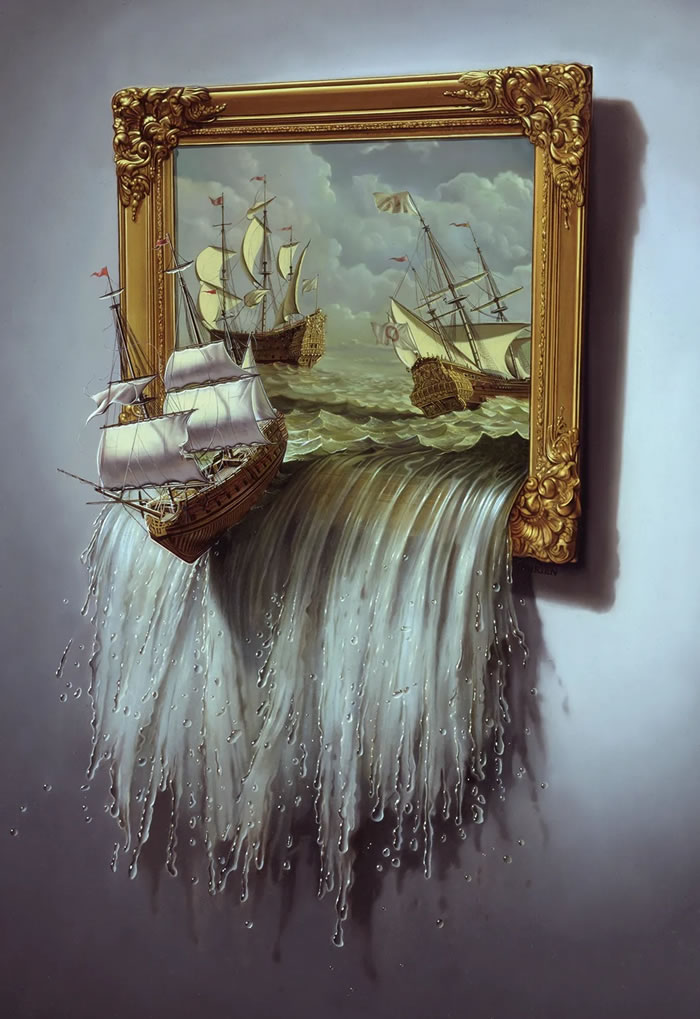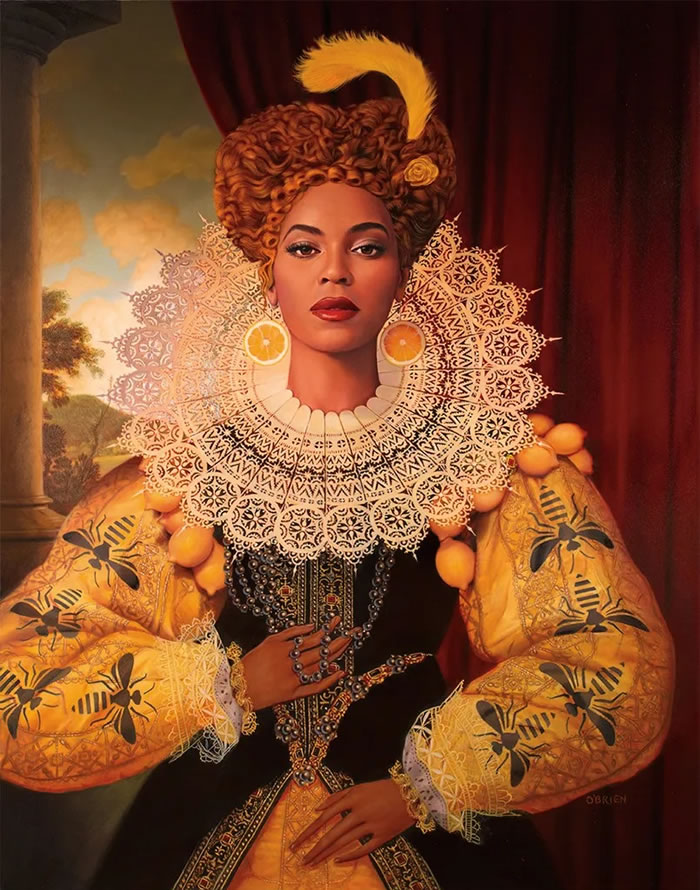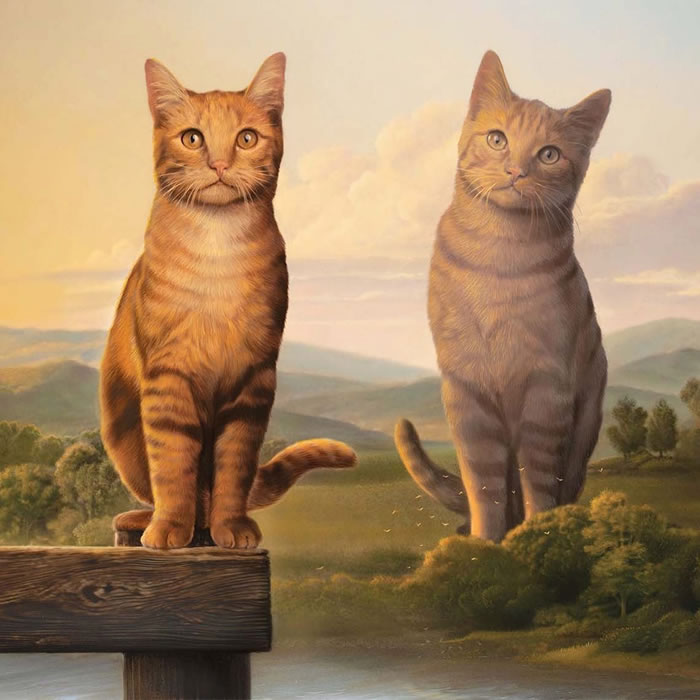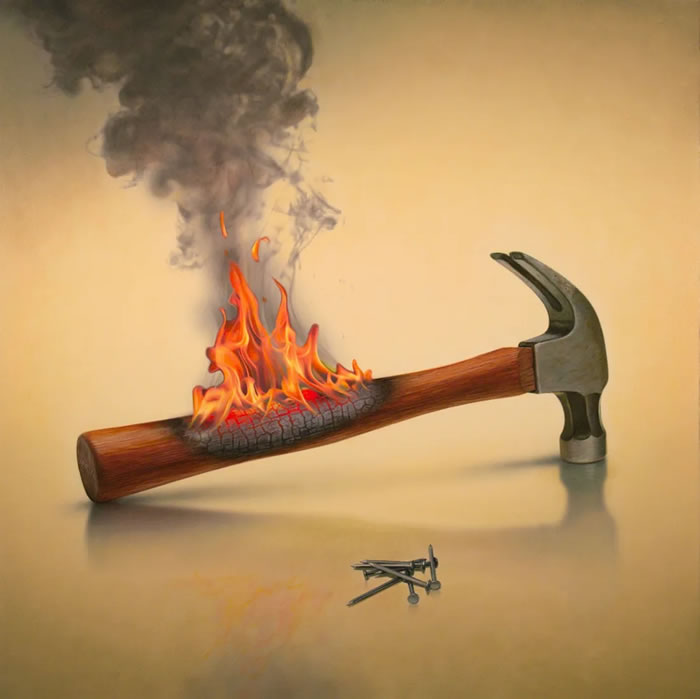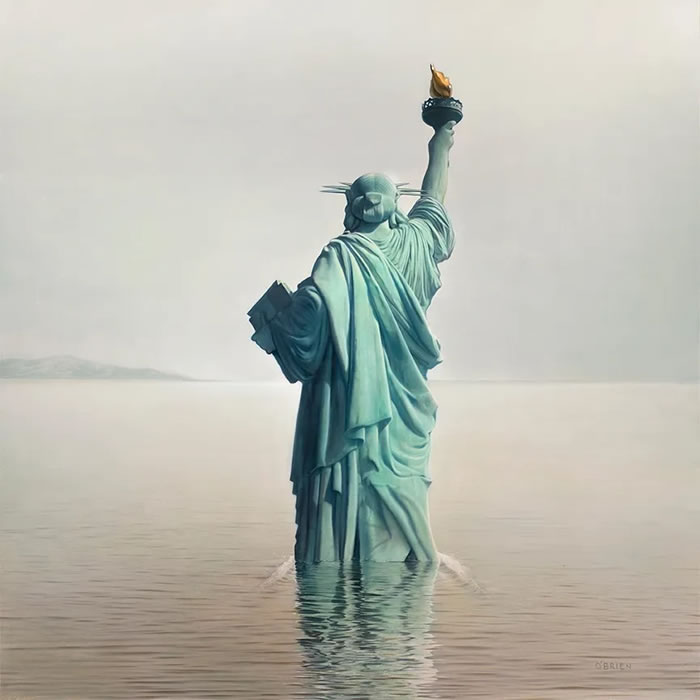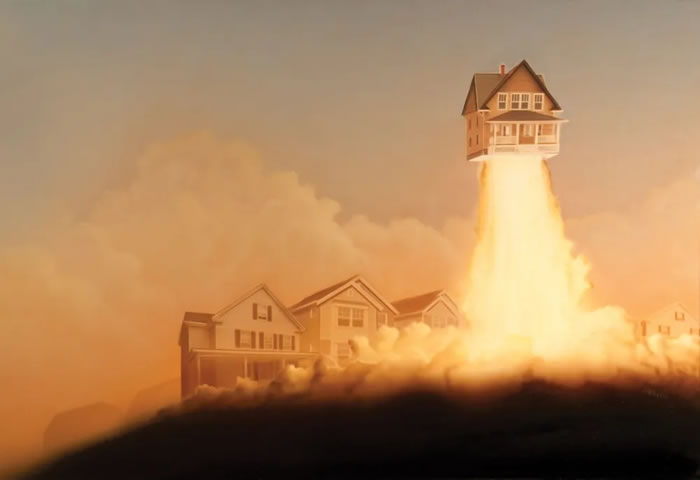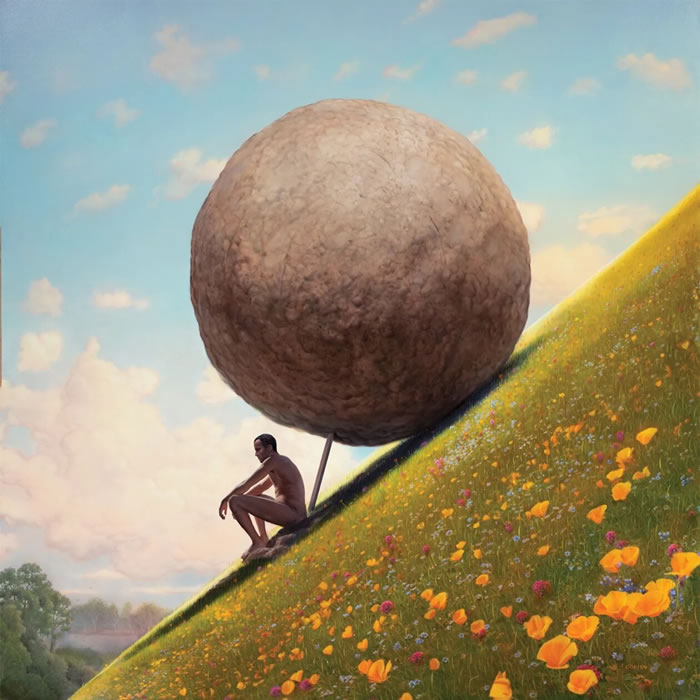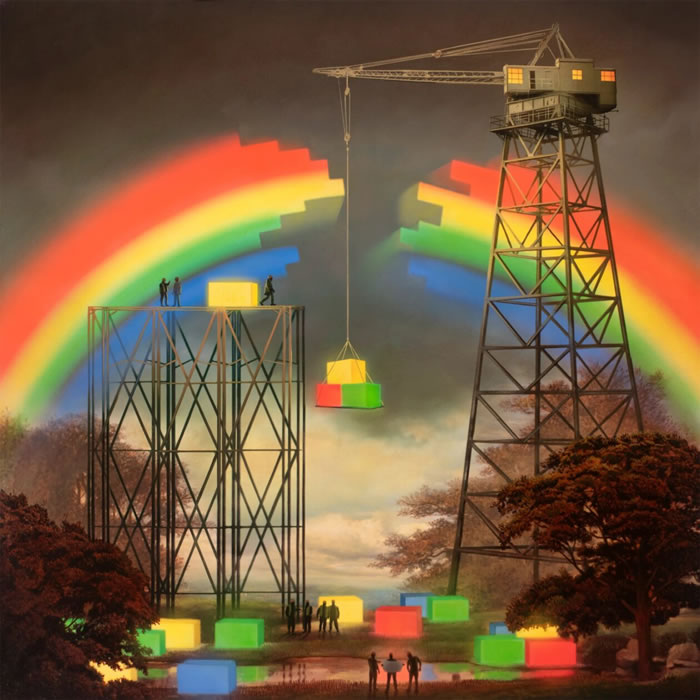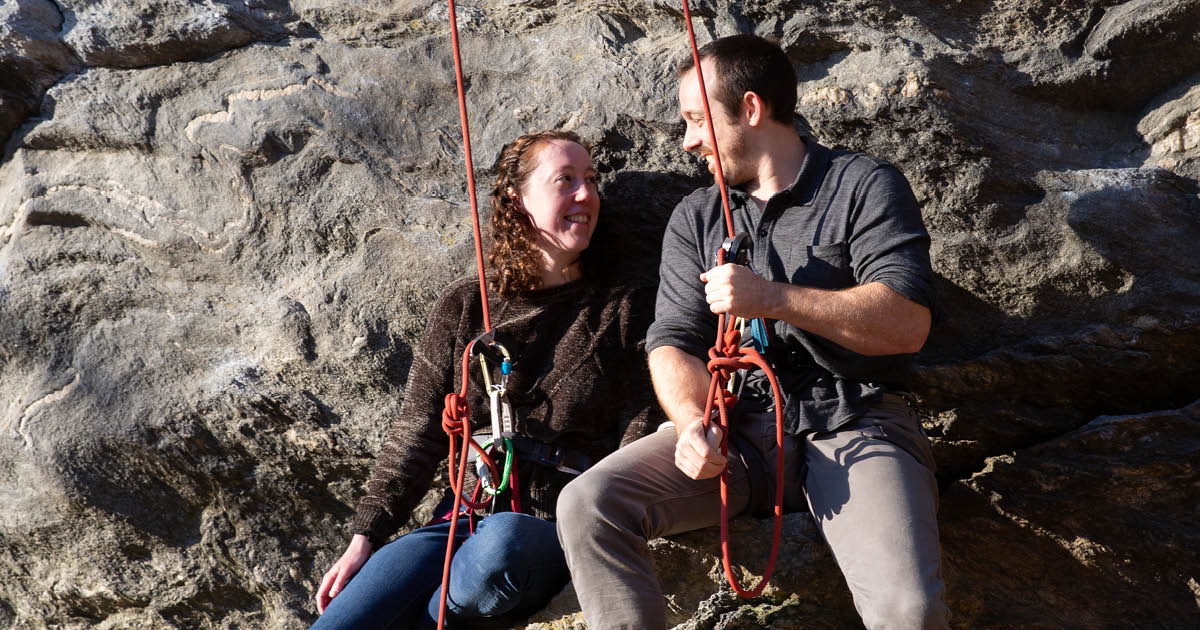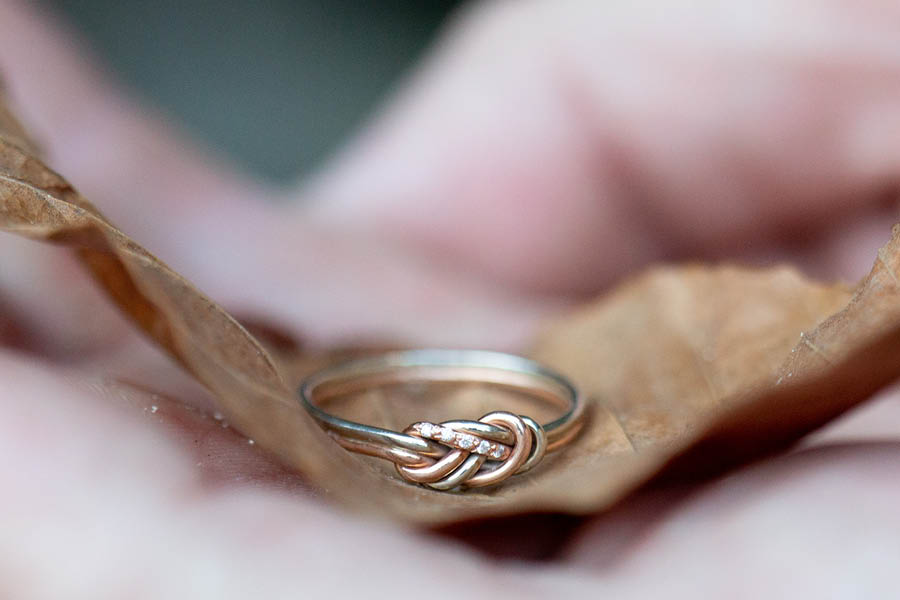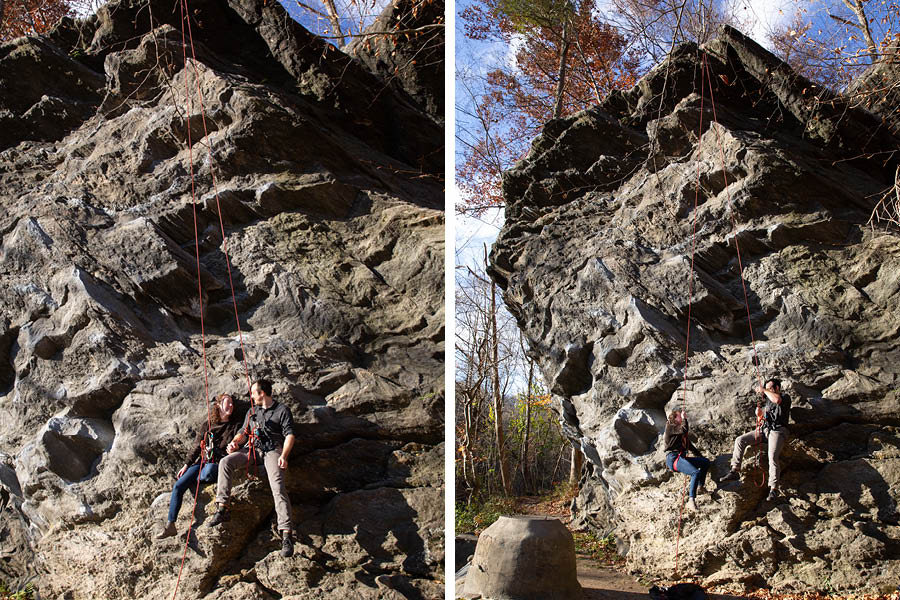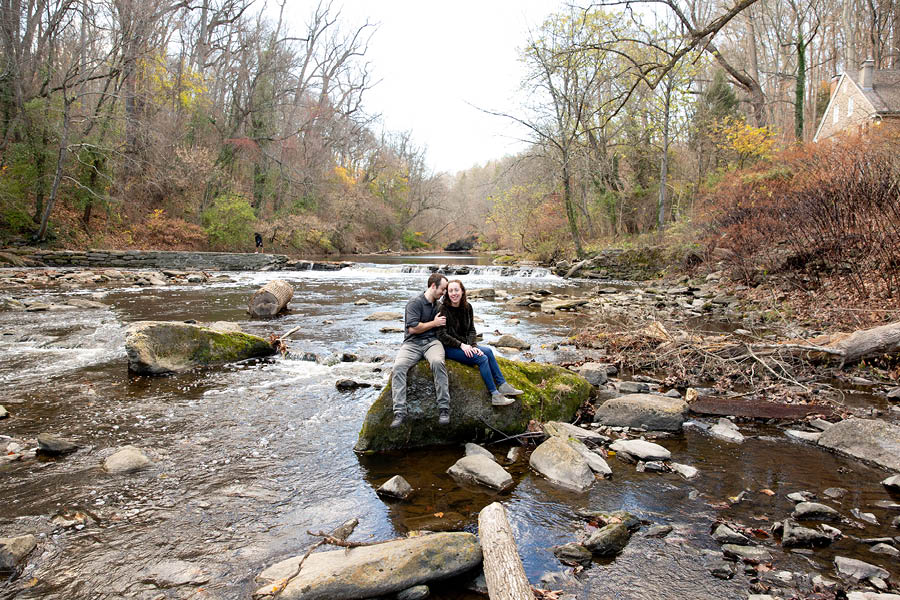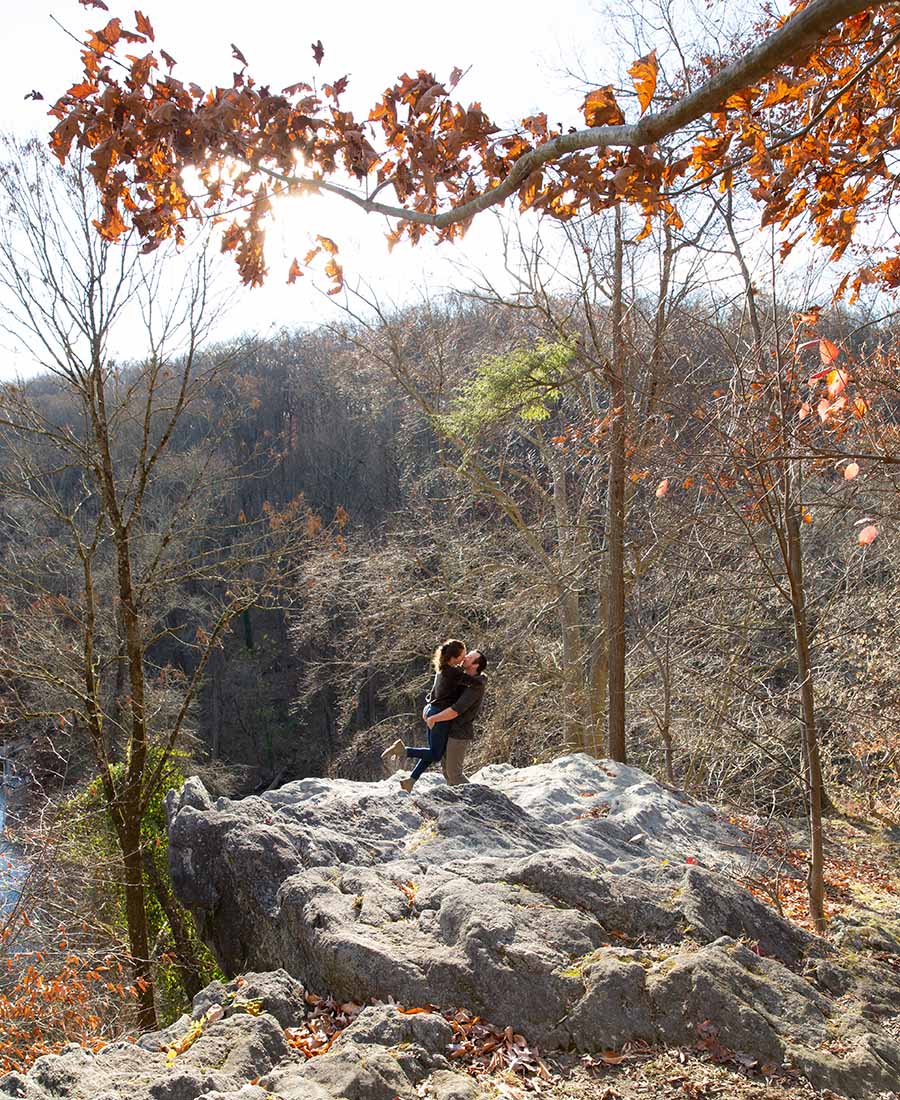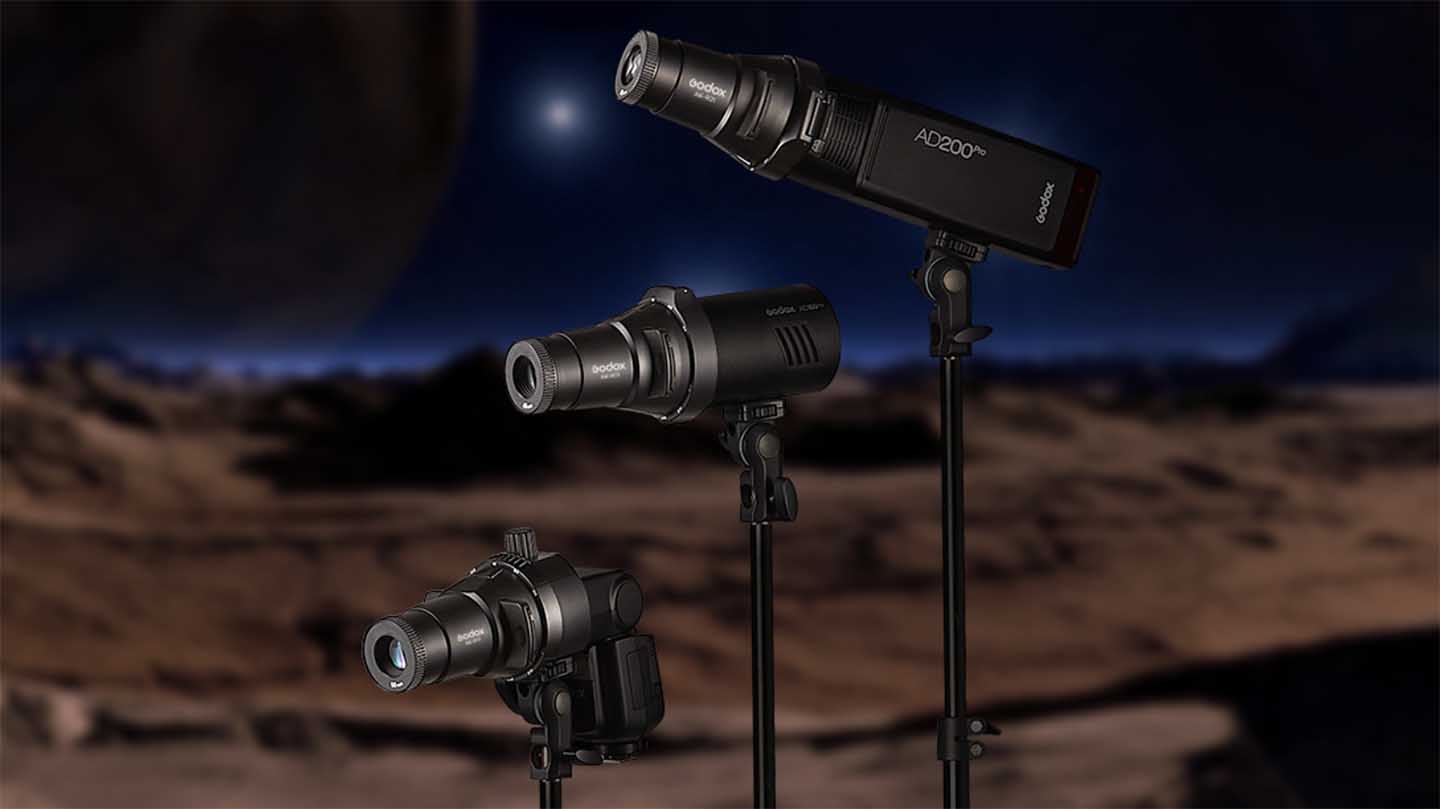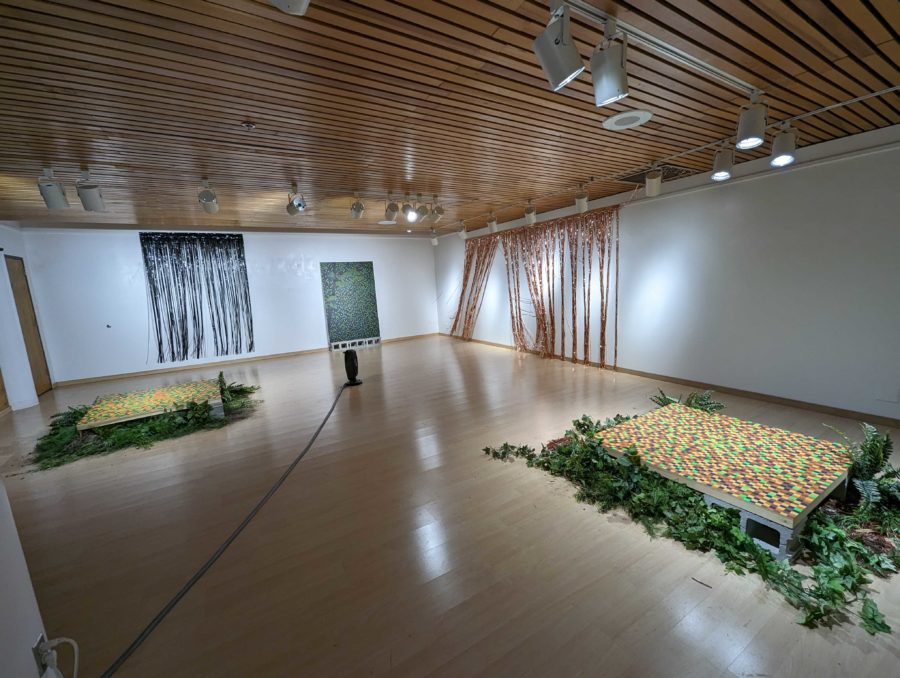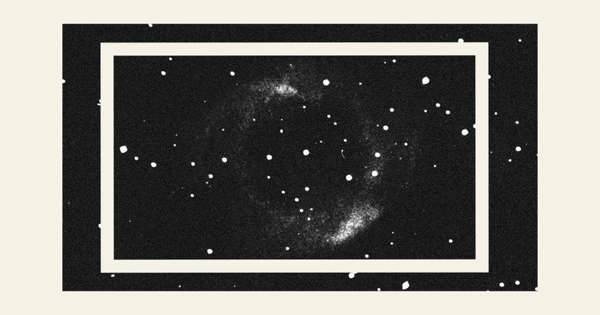
© Illustration by The Atlantic. Source: Universal History Archive / Getty
This is an edition of Up for Debate, a newsletter by Conor Friedersdorf. On Wednesdays, he rounds up timely conversations and solicits reader responses to one thought-provoking question. Later, he publishes some thoughtful replies. Sign up for the newsletter here.
Last week I quoted the late astronomer and astrophysicist Carl Sagan on humanity’s place in the cosmos, and asked readers for their thoughts on outer space.
Deb is awestruck:
If I am standing on an orb that spins 1,000 mph while hurtling through space, that is so crazily magical that anything is possible. It’s all so phenomenal and, by extension, so is our existence.
Robert, a graduate student in philosophy, harkened back to the ancients:
Like Aristotle, when I was very young, I thought the planets and stars in the sky were something like gods. I don’t think this anymore, of course. Nevertheless, they are in some sense above and beyond us, endowed with a sort of beauty we ourselves are incapable of manufacturing. I simply do not know how someone can gaze at the images from, for instance, the James Webb Space Telescope and think otherwise. Even without technology, there is something marvelous about gazing into the sky and noticing just how much is out there. Thousands of stars, five planets, and even our own galaxy are visible from Earth with the naked eye. Light pollution has crowded out quite a bit of this. But even just a few stars, or a few planets, is enough to see the vastness of it all.
Still, despite the enormous powers of these celestial spheres, they cannot appreciate their own beauty. Humans alone are known to be capable of appreciating the universe in this way. This has always made me ascribe special status to humans, and to think that human concerns are of special importance. I don’t take this to be inconsistent with the scale of it all, but rather a result of it. If we aren’t here anymore, the all the beauty in the universe won’t mean anything to anyone. So something of enormous value would be lost.
I worry that, for all the good that scientific advancements have done for us in understanding space, we’re starting to see the universe as nothing more than a collection of big rocks and balls of gas; these days, the planets and the stars, particularly the moon and Mars, tend to be objects of escapist fantasies more than objects of wonder.
This is a mistake, even for those who think the future of humanity may be space colonization. The beauty of the universe cannot be captured by an exhaustive description of its mechanics or of its utility to us. To think this, rather than appreciating the literally otherworldly nature of outer space, is, I think, the wrong kind of anthropocentrism. The majesty of the heavens has inspired joy, wonder, and creativity in human minds for as long as we have existed, and their beauty is divine. So, I figure, why not let myself think, along with Aristotle, that, even if not literally, the first people were right in thinking that the planets “are gods, and that the divine encloses the whole of nature”?
Rob’s life has coincided with the rise and fall of the space program:
Outer space pervaded the national consciousness—especially if you were young. It seemed that everyone followed NASA takeoffs and felt nothing but pride and awe. Over time, there has been a debate over the trade-off and cost of these efforts. We are reminded that there are plenty of problems back here on Earth that deserve these same funds.
At its best and at its most essential, space exploration is a tribute to the curiosity of the human mind, a mind that keeps expanding, keeps pushing, keeps seeking answers to its existence. To look at the sky and not wonder what exists “out there” is, I submit, to not be human, and we should not lose sight of the fact that our minds are naturally beamed up.
Our consciousness is ineluctably drawn deeper and deeper toward solving the riddles of our existence. On Star Trek, Captain Kirk was tapping into this collective consciousness when he famously said: “To explore strange new worlds. To seek out new life and new civilizations. To boldly go where no man has gone before.” As humans, we can’t help ourselves. To some extent, we won’t be able to not continue to explore “up there.” If our sight and the human quest were to remain solely limited to this rock of ours, we would no longer be human. “Thrusters ahead, Mr. Sulu. Take us out.” Onward.
Joseph remarks on the fragility of life:
Having just passed my 77th year of breathing, I can truthfully say that the awesomeness of our universe’s extent continues to astound me almost daily. I am blessed to have been given a firmer understanding than many of where it actually is that we dwell. But I also look at the utterly ruthless nature of the universe’s hurricane, within the eye of which, by the merest happenstance, we happen to reside.
It unnerves me how few have any idea just how frail a construct all of life’s continued existence is, let alone life that possesses the ability to think, comprehend, and respond to the vast wonder of reality. Thus, counterbalancing the awe is the abject sense of dread that we stand so very close to losing all of the ground we’ve gained, not just as rational beings but as the life force itself. I find myself praying to the merest myth of a Supreme Being that somehow, in spite of the odds, we successfully make it off of our beautiful blue dot, spreading in a diaspora far, far out into the nearly unfathomable depths that surround us.
Kara found the physics of space to be beyond her grasp, but not its significance:
I’ve always been fascinated by space, but was discouraged by my efforts to study it as a secondary-school science student, unable to grasp the complex physics involved in astronomy. But as a history and research teacher, I can see through Galileo’s telescope, sit in Albert Einstein’s clerk office, be as a pebble upon the shore with Isaac Newton, and marvel at the night sky with hunter-gatherers, forming entire cosmologies based around the sky. From that perspective, I have learned to be constantly awed by what we know of the universe, how we know it, and to follow closely our potential connections with it.
Carl Sagan has helped immensely in shaping my appreciation, and has taken me on planetary journeys through time and space that I never imagined when I was younger.
The most recent space-related joy of my life was taking my 3-year-old son to the Smithsonian’s National Air and Space Museum in Washington, D.C., for the first time, in January, and seeing his wonder and curiosity as he looked at the models of the planets and “flew on a spaceship” in the planetarium. Jupiter is his current favorite, and we will continue talking about the planets and space for as long as he can put up with my enthusiasm. I can’t wait to introduce him to Star Trek.
Ben, a man of faith and science, reflects on the biggest and smallest questions:
To explain how I feel about outer space and how it shapes my worldview, I have to start with one of my favorite Bible verses: “When I consider thy heavens, the work of thy fingers, the moon and the stars, which thou hast ordained; What is man, that thou art mindful of him? and the son of man, that thou visitest him? For thou hast made him a little lower than the angels, and hast crowned him with glory and honour” (Psalm 8:3-5, KJV).
Although I’m a graduate student in theoretical particle physics, not astronomy, both give me a similar feeling: that we human beings are set among a seemingly unfathomable universe, one that I believe is divinely created for us, and despite our tiny size among the cosmos, we can begin to comprehend it. With our God-given reason (one of the things that I believe makes us “in the image of God”), we can model and measure things like black-hole collisions and the afterglow of the Big Bang despite our tiny position among it all.
Understanding physics and astronomy is the closest I believe any human can come to doing magic, and taking something that seems impossible to know, like measuring the speed of distant stars and galaxies, yet making sense of it, is an incredible feeling. When I consider this in the context of my faith, I believe that understanding the laws and behavior of the universe is one of the few times we can directly observe God’s handiwork. Indeed, looking up at the night sky, I see that humanity is “crowned with glory and honour.”
Despite sharing Carl Sagan’s sense of awe, I strongly disagree with significant parts of his prescription for how we should be humbled by our tiny place in the universe. No one claimed humanity is special because of its size. We human beings are tiny, but the things that make us uniquely human—our curiosity, reason, and understanding—stretch across the limits of the physically observable universe. Because I believe the universe was intentionally created for us, I also believe its physical laws were made by God for us to discover. So, as a theoretical physicist in training, I intend to take God up on his offer.
But there are still things in science that make me humbled about humanity’s place in the universe; they’re just in quantum mechanics, not astronomy. For all that astronomy gives me pride in when it comes to what humans have been able to understand, quantum mechanics throws “understanding” back in my face and, like God speaking to Job out of the storm in Job 38, tells me that there was never any promise that the universe was made so a human mind would be able to comprehend all of it.
What I value in humanity is not our size, but our minds (among other things), so when physics tells me that our understanding has seemingly insurmountable limits, that is when I’m humbled by our place in the universe. Outer space gives me pride in humanity’s scientific power and understanding; it gives me something visible that I can begin to wrap my head around and beautiful images that let me soak in the glory of creation. The realm of the very tiny is what inspires in me fear and trembling at God’s work and at human limits.
Elena recalls a month-long trip to Crete when she was young:
We had a nightly ritual: We unrolled orange paisley sleeping bags at the edge of a sandy beach. Impatiently, we waited for dusk to snuff out the deep blue of the sea into a charcoal gray and to cover the sky in a drop cloth of dappled disarray. My mother read chapters out of Gerald Durrell’s My Family and Other Animals to my siblings and me under a canopy of brilliant stars that reached far into the dusty nebulas and galaxies that shot across the hot August skies. I listened to sentences and phrases and let them mingle with Cassiopeia, weave their way through the dippers of the Great and Little Bears, and imprint with Sirius, steadfast and comfortable as a night-light. The backdrop of a billion stars cleared and prepped the imagination for story listening, and then soon, when the lure of an astronomy lesson proved too irresistible, the science lecture. Eventually, my eyes closed against my will, fatigued from the trip across the universe, but the comfort of that wide open yet protective dome covered me like a blanket.
Omar is a city dweller who yearns for a better view of the heavens:
Turn your gaze in any direction and you’ll find yourself surrounded by mammoth buildings and skyscrapers. At night, the light that emanates from these towering steel structures creates a kind of muted haze, a veil separating us from any clear vantage of our solar system. The city can be suffocating and claustrophobic even without our realizing that this unnatural buffer exists between us and the cosmos. It’s only when I realize that the stars lay hidden from our view that I begin to ponder the effect of this profound absence. A city, with its shining beacons and glowing aura, is nothing more than our desperate attempt to preserve human egotism at the cost of our relationship to nature and the universe.
Can you imagine if we had access to the stars? The cosmos in its incalculable vastness is indeed a source of wonder and inspiration, but it is also a humbling endeavor to witness. It’s a reminder that our individual concerns and fears, hopes and aspirations, biases and egotism are nothing compared with the grand scale of the universe. A city, despite its dense population and variability, can be an isolating place. But the night sky would be there to remind us that there is something bigger connecting us all together.
Having grown up in New York City, it’s difficult to imagine having any kind of relationship with the cosmos. But if we could, I believe that we would all benefit.
Chadd recommends buying a telescope:
Nine years ago I got a small $75 telescope as a gift for a young family friend. Getting it set up and looking at the moon for the first time, I was awestruck. I just couldn’t believe how beautiful, how crisp, how very real and solid it looked through a lens. At first I thought, Light pollution here is bad; probably won’t be able to see much, but I was dead wrong. Once I learned how to find Jupiter, I saw its moons and the Great Red Spot, then Saturn and the rings. I was totally hooked.
When the friend lost interest, I ventured on. What started as a $75 cheapie telescope turned into a couple-thousand-dollar hobby that my girlfriend at the time called my “other girlfriend.” I was out there every night for months, then sporadically, during times of cool celestial sightings, back out there until 4 a.m.
I slowly amassed a six-inch reflector telescope on a computerized mount that tracks the Earth’s rotation and can find objects through a GPS unit. By that point, I’d learned to easily find and photograph the planets. One of the last and best cosmic events I got to witness was the Jupiter-Saturn conjunction a few years ago. A once-in-nearly-800- years event, it was biblical in a sense, and I got a picture of it! Tiny Jupiter and tiny Saturn with its rings. Breathtaking. Truly! My entire family lined up to see it—my own little star party—and I was quite proud to show everyone.
Mind you, I eventually maxed out what I was able to see, so I slowed my roll. At this point, the maybe $6,000 it will cost me to upgrade to better gear is too high, so the telescope rarely comes out. But I was going through some tough stuff during my amateur astrophotography hobby, and it was a beautiful distraction. I didn’t truly comprehend the size of the universe until I was staring at it through a tube. It’s amazing what you can see right from your backyard, and the feeling you get seeing it, through your own eyes, is indescribable.
Glenn was a pastor in Houston near NASA’s Johnson Space Center:
About 75 percent of our church worked in the aerospace industry. It was an interesting experience leading triple-redundancy NASA engineers to “live and walk by faith.” This truth was made clear early on, when I showed up with a group of our church members for a service project one Saturday morning. We were going to reroof an elderly lady’s home. Before I climbed on the roof, I was met with a long, complex spreadsheet explaining in great detail what every person would be doing in 15-minute increments throughout the day. So this is how NASA nails on shingles!
A group of the engineers’ spouses good-naturedly cornered me the next day at church. “Have you ever watched The Big Bang Theory?” they asked with a bemused grin. No, I had not. “Well, you should,” was their advice, “because that’s who we married and who you are now, pastor.” That was not exactly correct, but most comedy is an exaggeration of stereotypes.
We have been told that science and faith are incompatible. In fact, there is a vibrant faith community in and around NASA doing the hard work of science. I was having lunch with an astronaut a few weeks after his return from the International Space Station. “You know, I looked out into the void of space,” he said, “and it was black, white, cold, and lonely. And then I looked down at Earth and it was bright green and blue with swirls of white—warm, inviting, and interesting. I decided if I could choose to be any place in the universe, it would be right there on Earth.”
Barbara hopes for alien contact:
The one thing that would bring all people on our planet together relatively quickly would be to begin communicating with sentient life from other galaxies. I feel grateful to be of a sentient race and would welcome meeting other sentients from across the universe. My hope is that we develop the strength of character and mind, and bigness of heart, to connect with other life forms before we destroy ourselves and our planet. To stop outer-space exploration would be a travesty to our species and the species we have not met yet.
